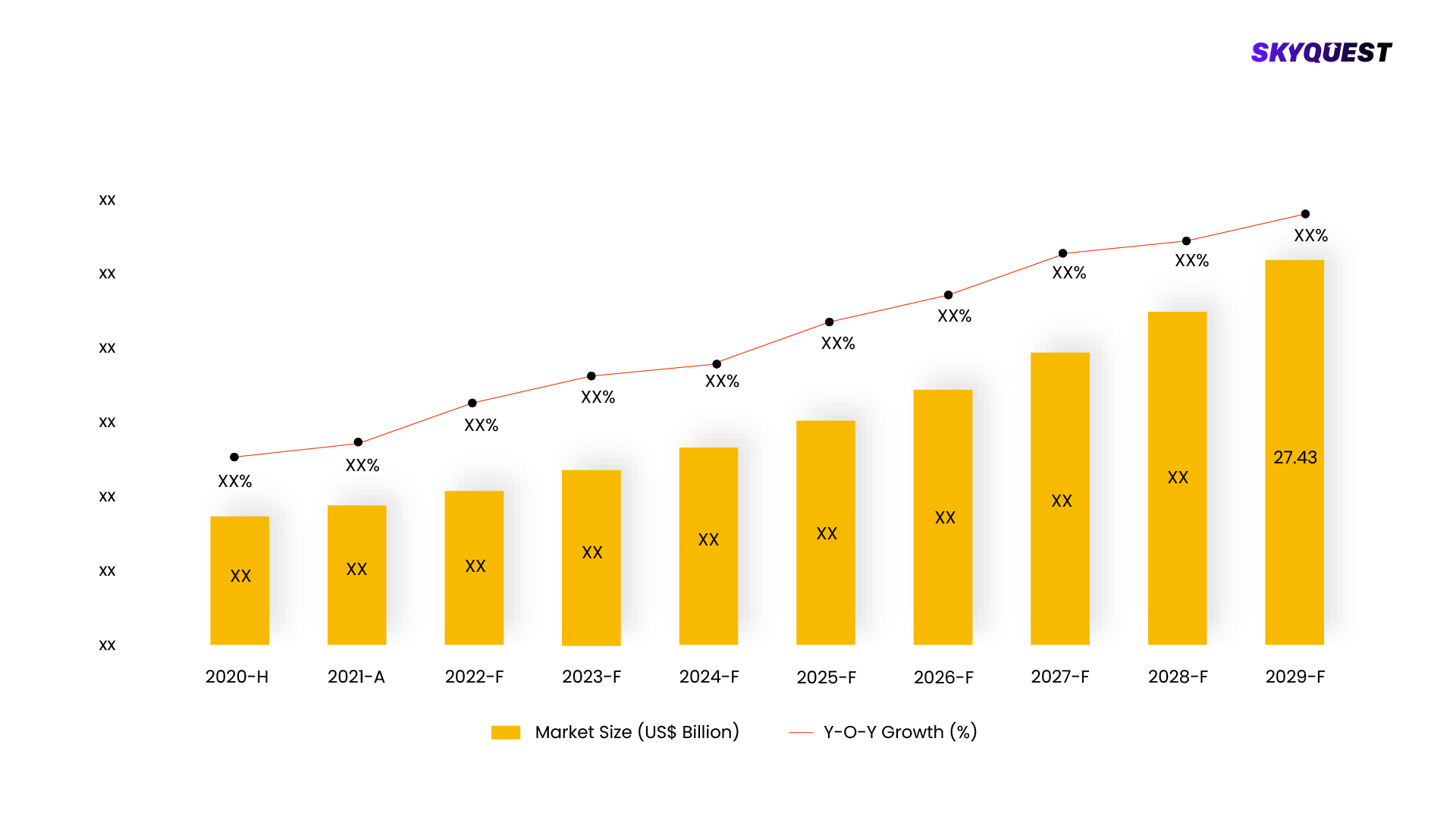
Product ID: UCMIG30H2057

Report ID:
UCMIG30H2057 |
Region:
Global |
Published Date: Upcoming |
Pages:
165
| Tables: 55 | Figures: 60
In 2021, the global autonomous crop management market experienced significant growth, reaching a valuation of USD 1.45 billion. This expansion can be attributed to the increasing adoption of autonomous technologies in agriculture to enhance crop production and optimize farming operations. Autonomous crop management systems, leveraging technologies such as artificial intelligence, machine learning, and robotics, offer precise monitoring, data analysis, and automated decision-making for tasks like planting, irrigation, and crop protection. The market's growth is further fueled by factors such as the need for sustainable agricultural practices, the rising demand for food security, and the potential for improved productivity and cost-efficiency in farming operations.

This report is being written to illustrate the market opportunity by region and by segments, indicating opportunity areas for the vendors to tap upon. To estimate the opportunity, it was very important to understand the current market scenario and the way it will grow in future.
Production and consumption patterns are being carefully compared to forecast the market. Other factors considered to forecast the market are the growth of the adjacent market, revenue growth of the key market vendors, scenario-based analysis, and market segment growth.
The market size was determined by estimating the market through a top-down and bottom-up approach, which was further validated with industry interviews. Considering the nature of the market we derived the Agricultural Products by segment aggregation, the contribution of the Agricultural Products in Food, Beverage & Tobacco and vendor share.
To determine the growth of the market factors such as drivers, trends, restraints, and opportunities were identified, and the impact of these factors was analyzed to determine the market growth. To understand the market growth in detail, we have analyzed the year-on-year growth of the market. Also, historic growth rates were compared to determine growth patterns.
Our industry expert will work with you to provide you with customized data in a short amount of time.
REQUEST FREE CUSTOMIZATIONWant to customize this report? This report can be personalized according to your needs. Our analysts and industry experts will work directly with you to understand your requirements and provide you with customized data in a short amount of time. We offer $1000 worth of FREE customization at the time of purchase.

Product ID: UCMIG30H2057